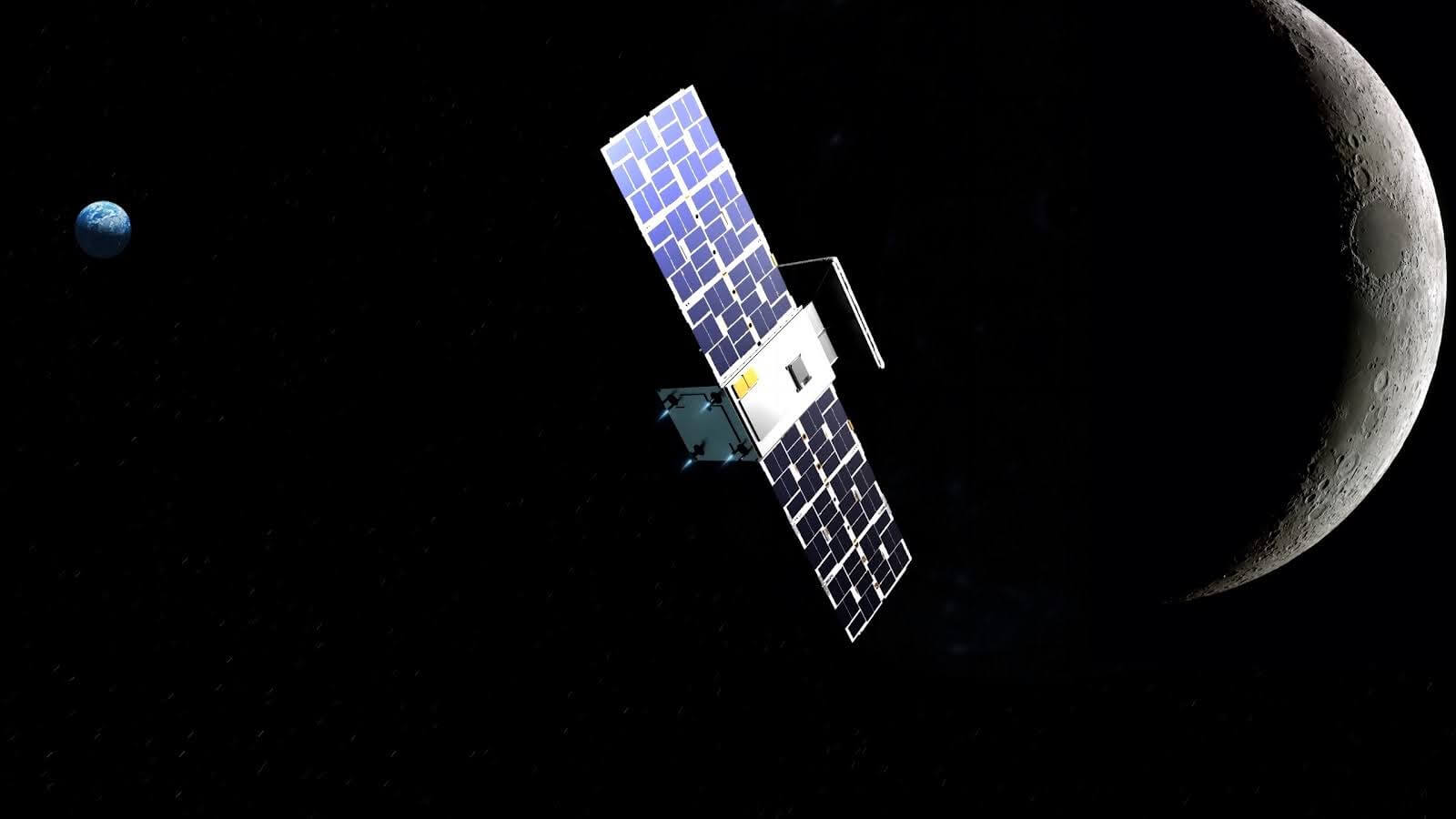MOUNTAIN VIEW, CA (April 8, 2024) — Building enduring advantages in space for economic security and collective security is the central theme of a newly-released 2023 State of the Space Industrial Base (SSIB) Report prepared by the U.S. Space Force, Air Force Research Laboratory, and the Defense Innovation Unit. Now in its fifth year of publication, this annual report collects feedback from the commercial space sector gathered during workshops held across the United States and aggregates them into recommendations for government consideration and action.
Topic areas focus on assessing the current state of launch, satellite communications, remote sensing, in-space logistics, traffic management, advanced power, policy, finance, and workforce development amongst other critical pillars of the new space economy. Collectively, these pillars contribute to the United States maintaining its technological leadership and the relevance of its space systems that we rely on to deter conflict, provide for homeland defense, and assure winning outcomes if war is waged against us. For the first time, the SSIB’23 Report includes feedback from allies representing 17 partner nations collected during a workshop held at the Naval Postgraduate School in Monterey, CA.
Major findings from these workshops includes the need to:
Establish trusted and resilient supply chains both domestically and with our allies;
Streamline bureaucratic processes to accelerate activities that delay licensing;
Improve access to financial tools necessary to normalize space as a contributor to the economy; and
Broadly adopt ‘allied-by-design’ to improve interoperability and scaling with global partners.
Key actions and recommendations include:
Embrace a collective North Star vision for space that is inclusive of the United States, its allies, and global partners as an enduring advantage for economic prosperity and collective security in the 21st century. This includes the peaceful economic development and human settlement of space in a manner that is consistent with our shared values, democratic principles and appreciation for both human rights and the environment.
Accelerate the transition to dynamic space operations by enabling sustained maneuver through the proliferation of modular, serviceable and sustainable space systems no longer constrained to fixed orbital trajectories.
A shift toward agile policymaking and execution that keeps pace with innovation rather than constrains it.
Accelerate the production and scaling of commercial space solutions that contribute to strategic effects and advantages.
Address bureaucratic delay to incentivize continued private investment and retain U.S. leadership in Great Power Competition.
Sustain funding for those programs that embrace leverage commercial solutions where appropriate.
Assure the protection of space commerce as an enduring advantage as we do in other domains.
Build supply chain trust and resiliency.
Continue to pursue both near- and long-term advancements in space technology that contribute to environmental sustainability.
The 2022 National Defense Strategy mandates that the U.S. Department of Defense be a ‘fast-follower’ where market forces are driving commercialization of military-relevant capabilities in critical technology areas such as space. Rapidly prototyping commercial technology from ‘first movers’ who disrupt and re-define the state-of-the-art in technology is a key role of the Defense Innovation Unit; integrating those solutions with military space capabilities is a key function of the Air Force Research Laboratory; and fielding those capabilities to the warfighter through acquisition is a core mission of the United States Space Force.
The rate of change in new technology is so steep today – especially in space – that the effective orchestration of defense innovation across the department became a high priority for Secretary Lloyd Austin who addressed the matter in an April 2023 memo realigning the Defense Innovation Unit as a direct report to the Secretary of Defense.
State of the Space Industrial Base Report 2023 can be downloaded here.
For more information, please contact media@diu.mil.

NASA CAPSTONE approaches Near-Rectilinear Halo Orbit as the first commercial Lunar mission used to reduce risk for future spacecraft and operations (Credit: Terran Orbital Corporation)



